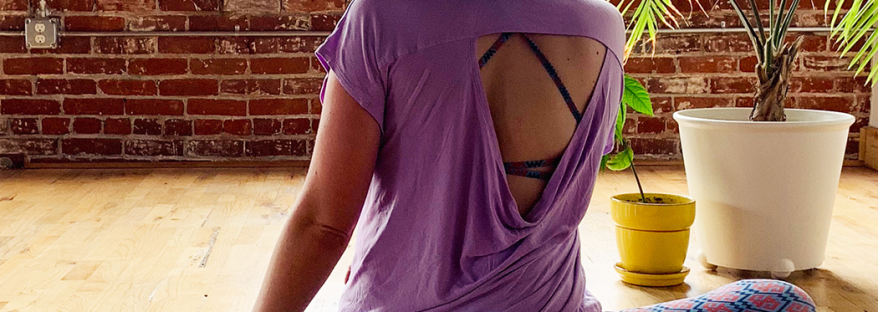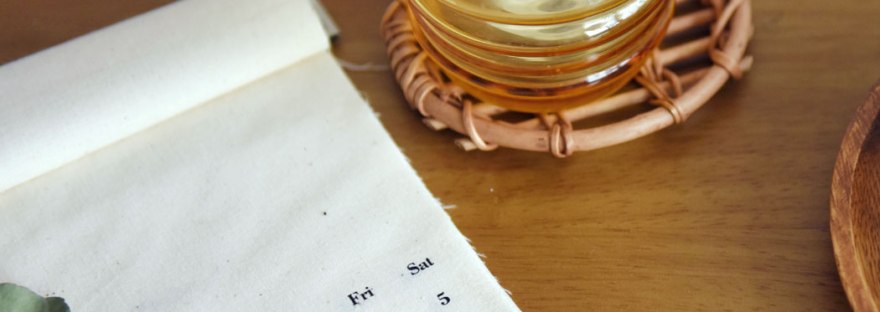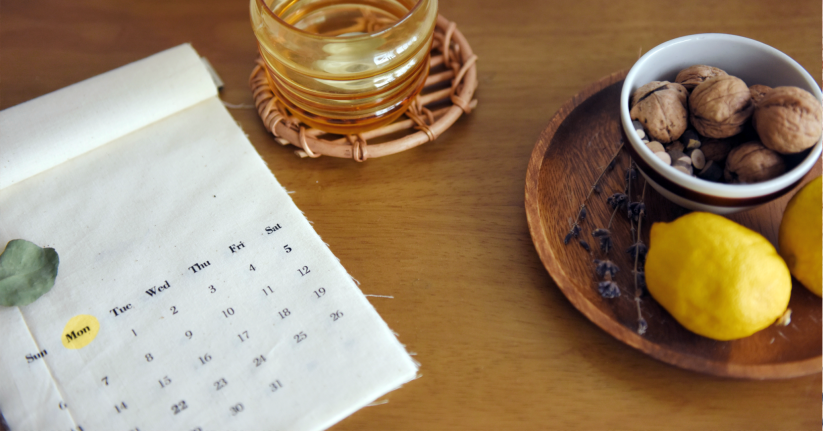Can we talk about physical activity?
Did you know that over half of Latinas in the United States are not physically active?
“Latinas are the largest, fastest growing female ethnic minority in the USA and also report the lowest level of physical activity.”(1)
“It is estimated that the number of deaths due to physical inactivity is similar to the number of deaths due to smoking.” (1)
“It is estimated that that just over half (52%) of Latina girls born in this century will eventually develop diabetes.” (1)
At De Las Mías we like to say “We are strong. We are powerful. We are Latinas.”
These research findings are a call to action, ¡Comadres! If we, as Latinas, are to claim our rightful place in the world, raise strong, educated and healthy children, we have to take back this power and get moving!
What does it mean to be physically active?
Physical activity means moving your body, at a moderate intensity, in a way that uses up energy. It includes walking, dancing, running, cycling, hiking, climbing, swimming, lifting weights, doing yoga, stretching, gardening, running after your kids, and any other activity that you do when you move your body to use energy.
The Physical Activity Guidelines for Americans recommend that adults get at least 150 minutes of moderate-intensity aerobic physical activity or 75 minutes of vigorous-intensity physical activity, or an equivalent combination each week.(2) That means 30 minutes a day for 5 days. AND, you don’t even have to do it all at once. You can go for 15 minutes in the morning and 15 minutes in the afternoon or evening. You can do it in the park or you can do it on safe street or you can do it at the mall. Heck, I know someone who does it in Walmart! BUT YOU CAN DO IT!
Here are some of the benefits of physical activity:
- Gives you energy.
- Improves your mood.
- Improves your confidence.
- Improves your sex life.
- Helps you manage stress.
- Helps you get to a healthier weight.
- Helps lowers your risk of heart disease, diabetes, and some cancers.
- Helps lower blood pressure.
- Helps you be a better role models to your children.
- Helps you be more admired by our friends and family.
Barriers to Being Physically Active:
The research shows that when it comes to barriers to becoming more active, Latinas list time, energy, safety and lack of knowledge about physical activity as the main reasons why they don’t get more active. These are all real good reasons but we challenge you to find a solution, ¡Comadres!
It is ironic that lack of energy is a reason why some of us don’t get out there and move our bodies, yet, research shows that moving our body will give us energy!
Silver Linings –
But here are some encouraging research findings that we can grab on to:
¡Dime con quién andas y te dire quién eres! Tell me who you “walk” with and I will tell you who you are!
Social support is key to physical activity:
- Latinas who know people who exercise are more likely to be physically active.
- Latinas who have physically active friends are more physically active.
- Latinas who even report seeing people exercise in their barrios are more likely to be active than those who don’t report seeing people exercise.
- Dancing as a form of physical activity among Latinas is more common than in other groups.
- Providing free classes in the park or other safe spaces for groups to be active work for Latinas.
- Walking groups with comadres, friends, and family are effective ways to get Latinas to be more active.
So, how about it, Comadres?
What’s your ¡Actívate, Ya! Plan?
Can you think of one fun way you can mover you body this week?
Can you commit to moving your body, poco a poco, until you build up to 30 minutes per day?
Who can you ask to go with you?
Don’t you deserve unos minutitos to go out with your comadre for unos mitotitos?
Remember our SMART Goal technique.
- To make a plan, use the SMART Goal technique.
- Everything goes better with comadres.
- Share your SMART Goal with her.
- What else do you need to prepare? Do you need a water bottle, a new pair of sneakers? A baseball cap to keep the sun out of your face. A raincoat to go for a walk in the rain. A walking stick for the pesky dog.
- Look at the Actívate, Ya! Features on the App. Learn to track your ¡Actívate, Ya!
https://www.cdc.gov › physicalactivity › basics
https://salud-america.org/why-telling-latinas-to-just-exercise-is-a-big-mistake/
Physical activity in Latinas: social and environmental influences














